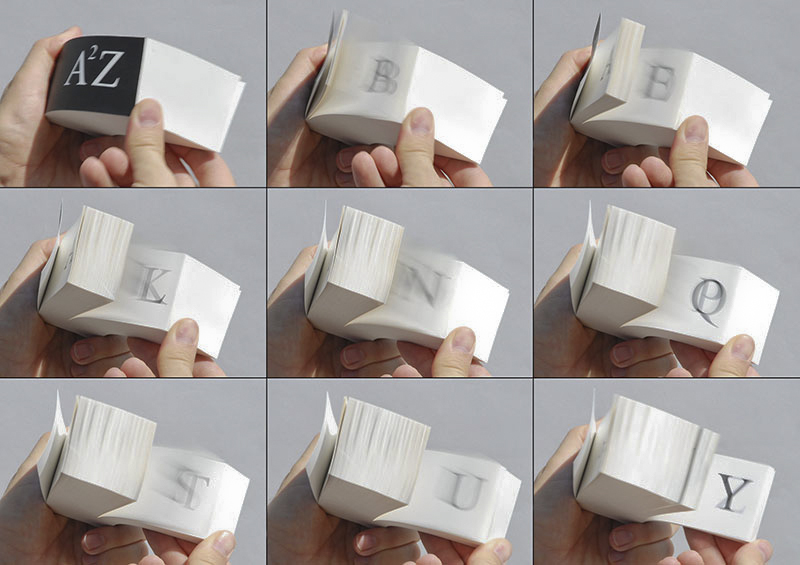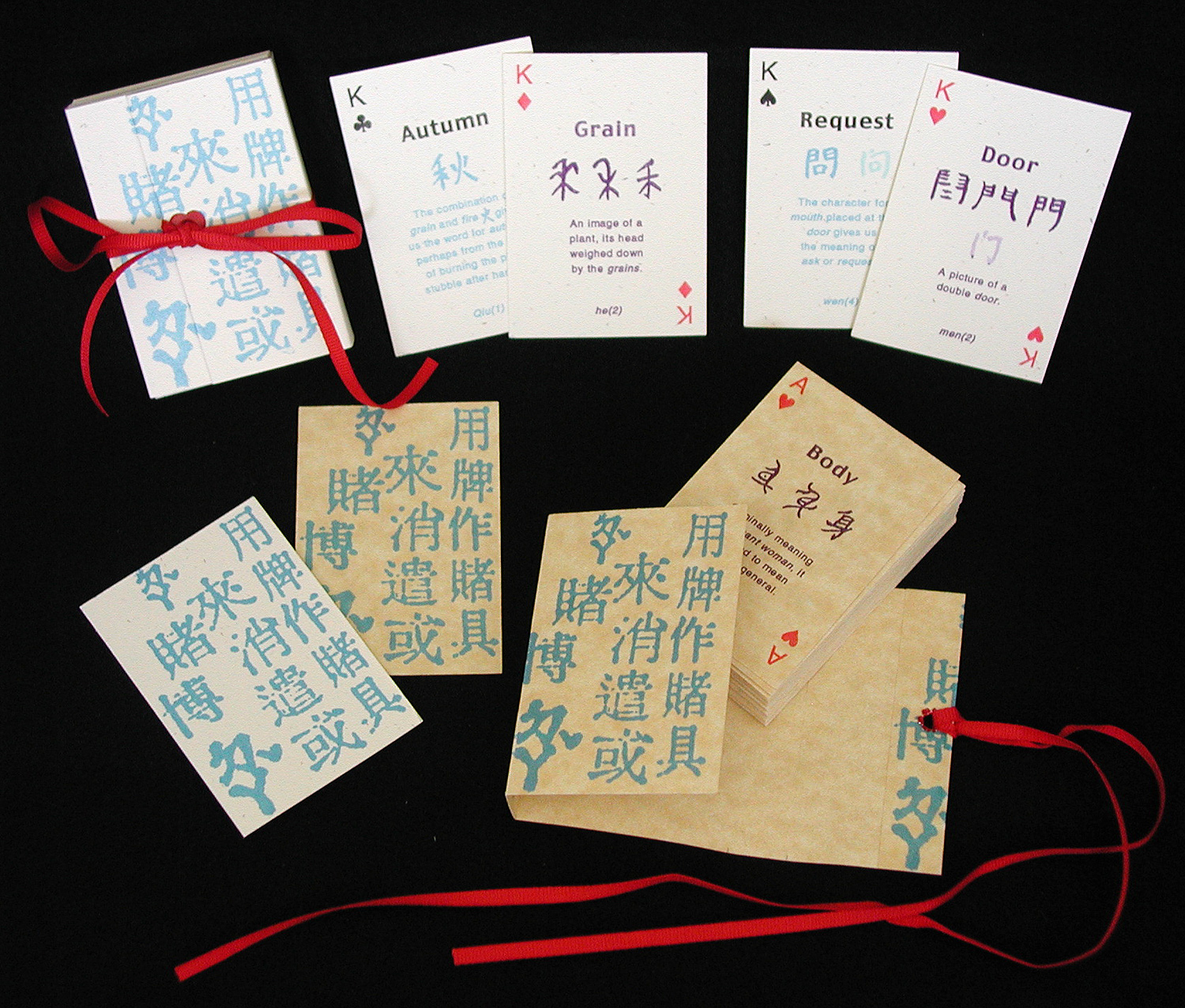It’s a memorable summer, and this is the period to travel. Oh! Wait! I am traveling.
It’s difficult to schedule work time, especially with the significant heat wave and our much-needed change of “home” from putt-putt to château. Even with the pleasant distraction of all the wonderful National Parks, the planning phase for the page's template of my ABC book has begun. In addition, the research on binding structures to enhance the content is on the way.
© 2018 Louise Levergneux, White Sands National Monument
© 2018 Louise Levergneux, Old Faithful in Yellowstone National Park
The key theme is the alphabet via a sprained foot, properly introducing this subject matter by implementing elements and design that complement the content is important.
I’m favorably inclined or should I say having a penchant towards metal for parts of the binding, maybe Wire-O referencing the crutches. Should I use cloth covered boards or a printed photo to illustrate the cover? The big black boot remains an integral feature of the book on the cover—right—perhaps?
© 2018 Louise Levergneux, ABC book's image/photo for content
© 2018 Louise Levergneux, ABC book's image/photo for content
For the substrate, could I apply various types of paper representing the phases of healing—differences in skin colour and texture. This might work since my inventory is filled with many types of papers. Using these soon would be good, because of the length of time since their purchase.
I would like to interject a distinction between the typefaces for the alphabet and the text. Naturally, there are 26 pages to think of and thick papers! I’m concerned about the weight of paper, double-sided pages will help but sheet registration can be monotonous. The gutter has to be calculated for facing-pages, details, details, details! What size? What orientation? Maybe the use of transparencies. Where to place the text or words that accompany the alphabet? Planning is the fun part or at least the beginning!
© 2018 Louise Levergneux, ABC book's image/photo for content
Varied structural types of binding for my published books include the accordion, perfect binding, spiral, supple binding sewn in Japanese style, screw post, hard-cover case-binding, saddle-stitched, French doors, Turkish Map folds, the new oriental binding, wrap-around case with a tray, explosion box,
© 2018 Louise Levergneux, ABC book's image/photo for content
The accordion is enjoyable and many alphabet books utilize the form, but because of the type of paper and the number of pages, I need a structure that would harmonize with its design, form, and content, in this creative expression of an unpleasant event. I want to take the time and pay attention to materials and their interactions on the subject. Once all these aspects are figured out, the path of production will be clearer.
I am so looking forward to the actual creation, being on the computer for the express purpose of an artists’ book instead of administrivia or other activities. How do you find time to undoubtedly create? How many hours in the day are spent in the studio? What phase do you prefer or do you enjoy all phases of producing your book?














